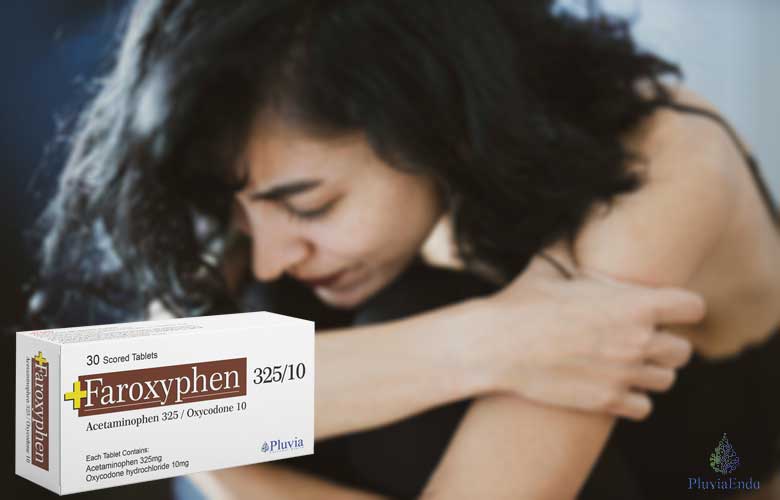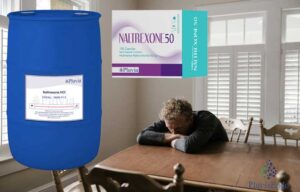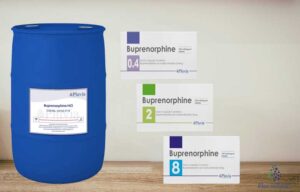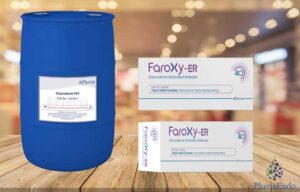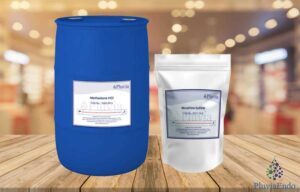In the intricate realm of pain management, oxycodone 10/325 is a common medication, offering solace for individuals grappling with varying degrees of discomfort. Its efficacy, however, is accompanied by a spectrum of considerations that extend beyond mere dosage. This comprehensive exploration endeavors to elucidate the multifaceted nature of oxycodone 10/325. In addition, delineates its uses, optimal dosage, and crucial factors for both patients and healthcare providers to contemplate.
Introduction
Pain, a universal human experience, often necessitates medical intervention to alleviate suffering and restore functionality. Oxycodone Acetaminophen 10/325, is a combination opioid analgesic comprising 10 milligrams of oxycodone hydrochloride and 325 milligrams of acetaminophen. This product occupies a pivotal role in the pharmacological armamentarium for pain management. However, the judicious utilization of oxycodone mandates a nuanced understanding of its therapeutic benefits, potential risks, and optimal prescribing practices.
The Utility of Oxycodone 10/325
Oxycodone, a semi-synthetic opioid agonist, exerts its analgesic effects primarily through the modulation of mu-opioid receptors within the central nervous system. When combined with acetaminophen, an over-the-counter analgesic and antipyretic agent, oxycodone’s efficacy in pain relief is potentiated. This combination renders it particularly efficacious for managing moderate to severe pain of various etiologies. Whether stemming from postsurgical recovery, traumatic injuries, or chronic conditions such as osteoarthritis or cancer, oxycodone 10/325 serves as a cornerstone in the pharmacological management of pain.
Dosage Guidelines of Oxycodone 10/325
Determining the optimal dosage of oxycodone 10/325 mandates a personalized approach that accounts for the patient’s pain intensity, medical history, comorbidities, and prior opioid exposure. For opioid-naïve individuals, initiation with a low-to-moderate dose (e.g., 5 to 10 milligrams of oxycodone every 4 to 6 hours as needed) is prudent. The titration is based on analgesic response and tolerability. Conversely, patients with prior opioid exposure may necessitate higher starting doses. However, caution should be exercised to minimize the risk of oversedation and respiratory depression.
Key Considerations for Patients
Patients prescribed oxycodone 10/325 must follow their doctor’s instructions carefully and watch out for possible side effects and risks. The risk of becoming dependent or addicted to opioids is particularly important. So both patients and healthcare providers must monitor usage closely. Additionally, patients should be aware of potential side effects like constipation, nausea, drowsiness, and breathing problems. It might require adjusting the dosage or adding other treatments to manage.
Factors for Healthcare Providers to Contemplate
For healthcare providers, the decision to prescribe oxycodone 10/325 necessitates a comprehensive assessment of the patient’s pain profile, medical history, concurrent medications, and risk factors for opioid misuse or diversion. Engaging in candid discussions with patients regarding the anticipated benefits, potential risks, and alternatives to opioid therapy is imperative. It’s vital to foster shared decision-making and promote patient autonomy. Moreover, healthcare providers must implement strategies to minimize the likelihood of opioid-related adverse events, including urine drug screening, prescription drug monitoring programs, and incorporation of abuse-deterrent formulations where feasible.
The Broader Context of Pain Management
Within the broader landscape of pain management, PluviaEndo‘s oxycodone 10/325 occupies a nuanced position amidst evolving paradigms and controversies surrounding opioid therapy. It is indispensable for alleviating acute pain and enhancing the quality of life for individuals with chronic pain. However, its widespread utilization has engendered concerns regarding opioid-related morbidity and mortality. This includes overdose fatalities and the burgeoning opioid epidemic. Consequently, healthcare providers are confronted with the imperative to strike a delicate balance between the imperative of pain relief and the imperative of preventing opioid misuse and overdose, necessitating a multimodal and holistic approach to pain management.
Oxycodone 10/325 in Conclusion
In conclusion, oxycodone 10/325 epitomizes the duality inherent within opioid therapy, embodying both the promise of analgesia and the peril of addiction. Navigating the complexities surrounding its uses, optimal dosage, and considerations is pivotal for patients and healthcare providers alike to foster safe and efficacious pain management practices. By fostering a nuanced comprehension of oxycodone 10/325 and its implications, we can endeavor to optimize patient care while safeguarding against the deleterious consequences of opioid misuse, thereby advancing the overarching goal of alleviating human suffering and enhancing quality of life.


